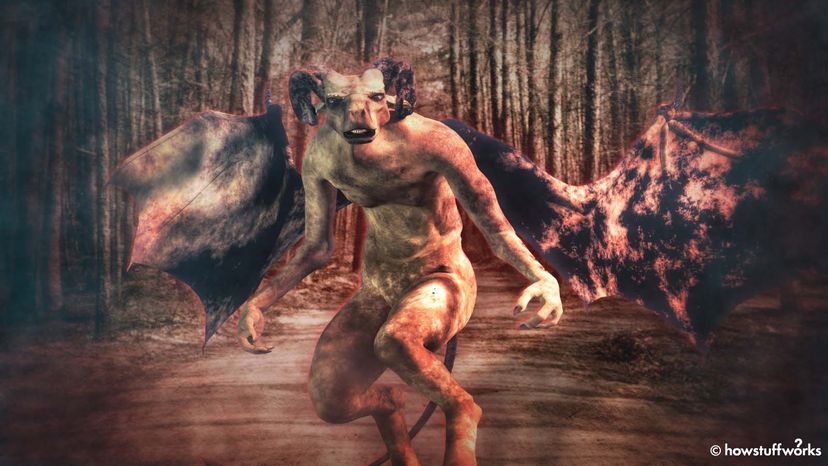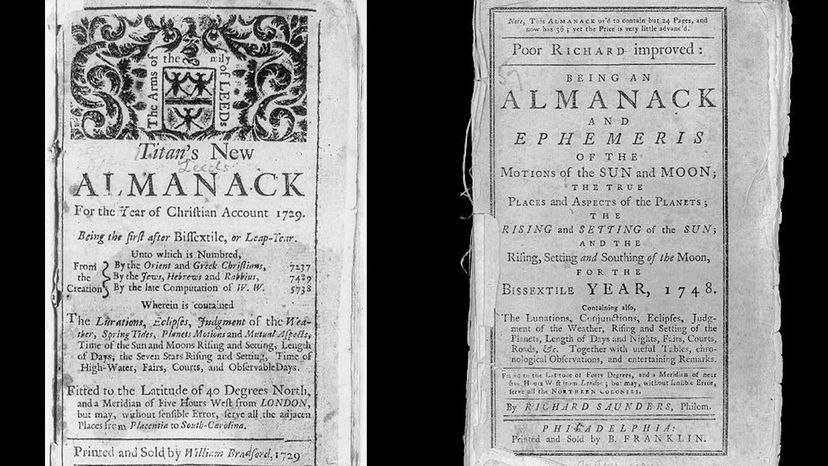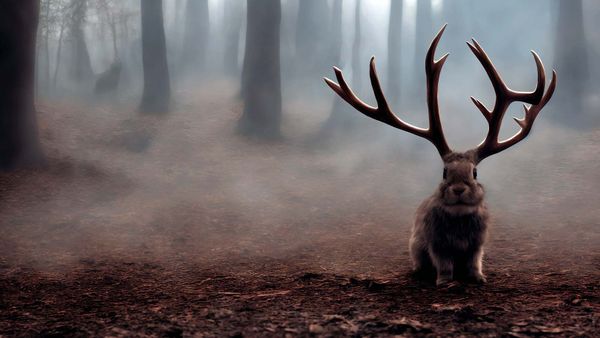By clashing with Franklin, Titan Leeds (who died for real in 1738) hurt his family's public reputation. That Daniel Leeds had been a counselor of Edward Hyde, Lord Conbury — an unpopular governor of New York and New Jersey — worsened their public relations troubles during the American Revolution.
Over the years, insinuations that the Leeds were somehow linked with Satan morphed into an East Coast horror story. An 1859 Atlantic Monthly article contains the first unambiguous written reference to the character we now call the "Jersey Devil."
Its author, W.F. Mayer, had been exploring the Pine Barrens of southern New Jersey, where he met a resident who told him she'd once seen "the Leeds Devil." Mayer's guide informed him this was part of an old superstition. Supposedly, a woman known as "Mother Leeds" had long ago given birth to a deformed monster still at large in the Barrens.
After Mayer's piece ran in Atlantic Monthly, more retellings were published. Some of them added gory details.
In contemporary versions of the narrative, Mother Leeds is usually cited as an 18th-century witch who gave birth to a dozen perfectly normal children. But her 13th pregnancy ended in disaster. Writhing in agony during a painful childbirth, poor Leeds hollered "Oh, make it a Devil!" (or something like that).
Be careful what you wish for, kids.
The rumor was that, one stormy night in the New Jersey pinelands, Mother Leeds bore a hideous beast who stood upright like a man. But this was no Homo sapiens; her offspring had a goat's (or horse's) head, a snakelike tail, hoofed legs and the wings of a great bat.
There's a high body count in some iterations of the Jersey Devil. The newborn creature may or may not have killed Mother Leeds, her midwife and/or its own siblings before flying up the chimney and escaping into the wilderness.




